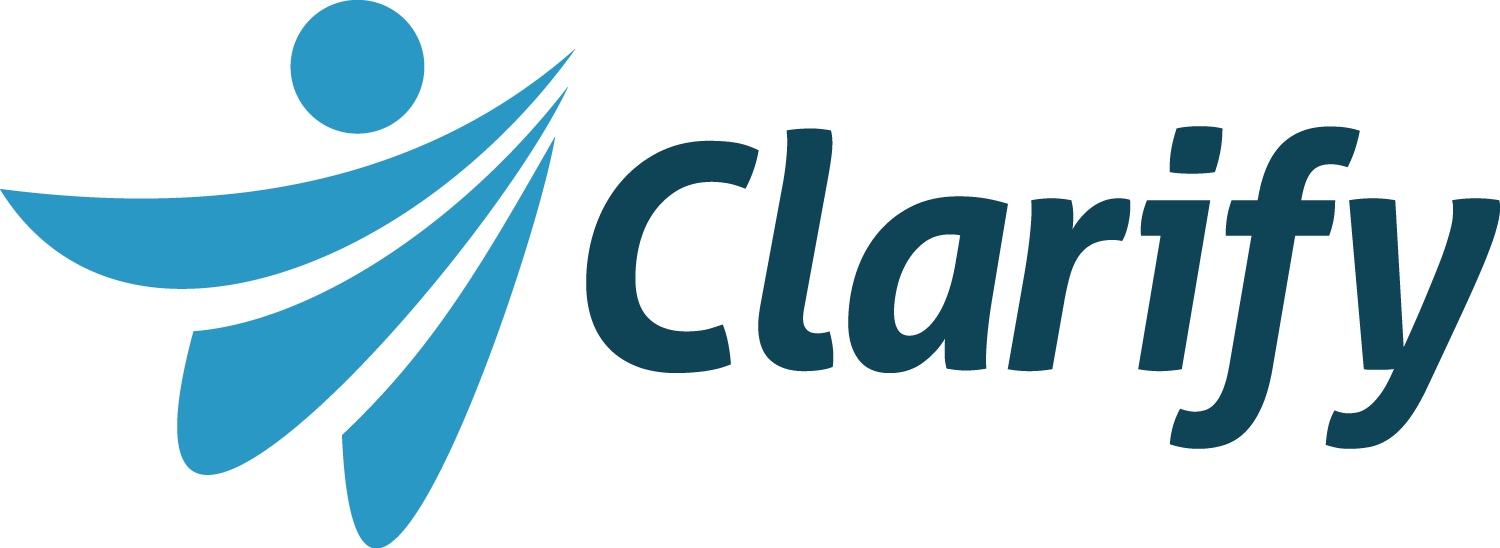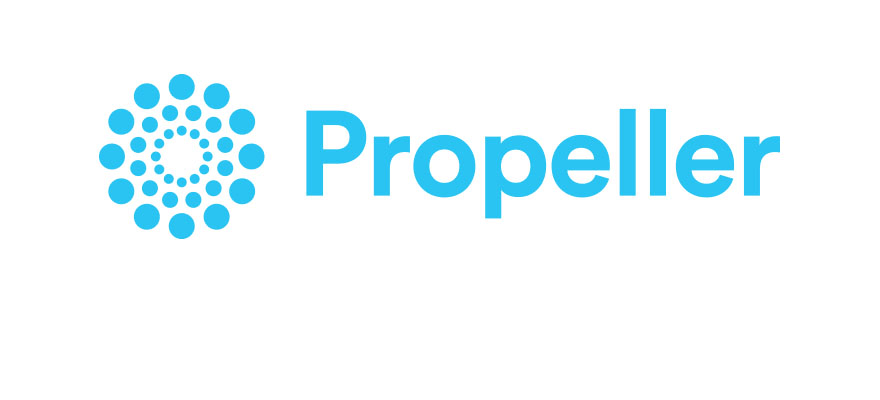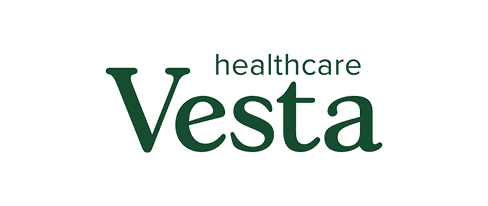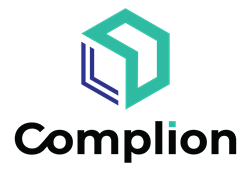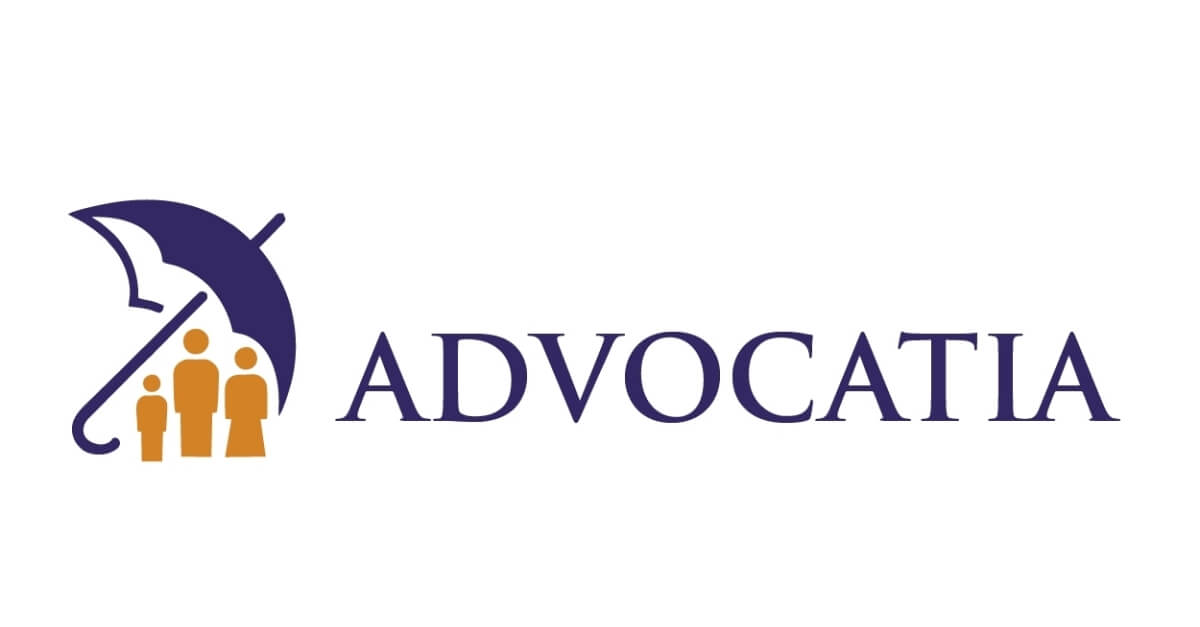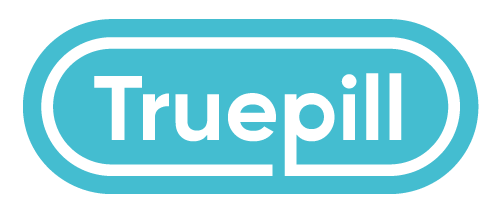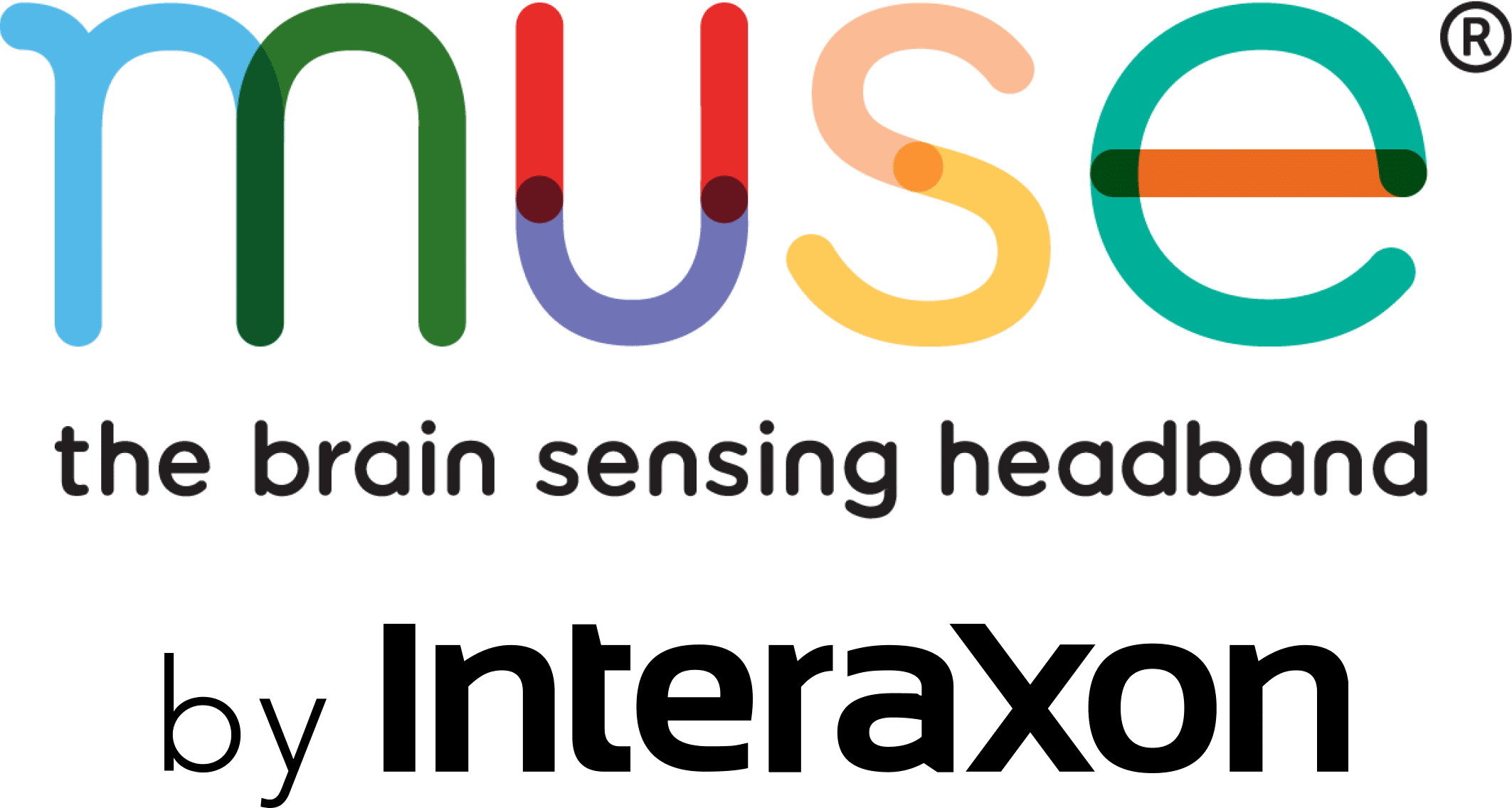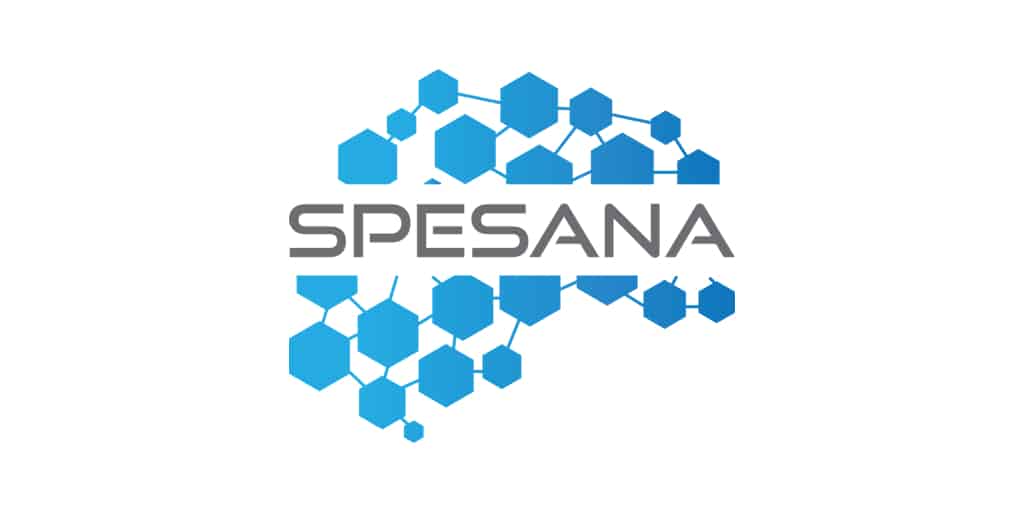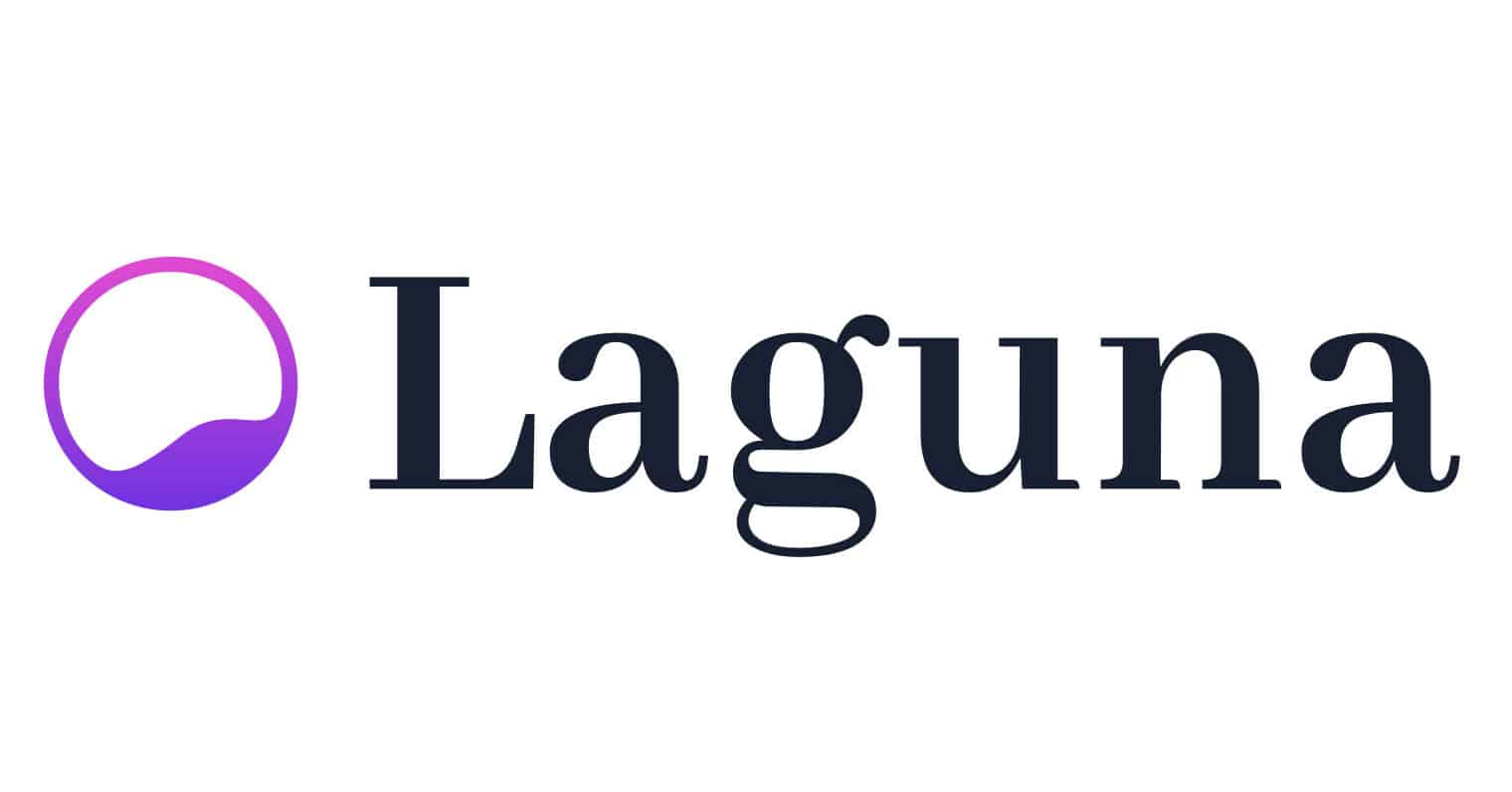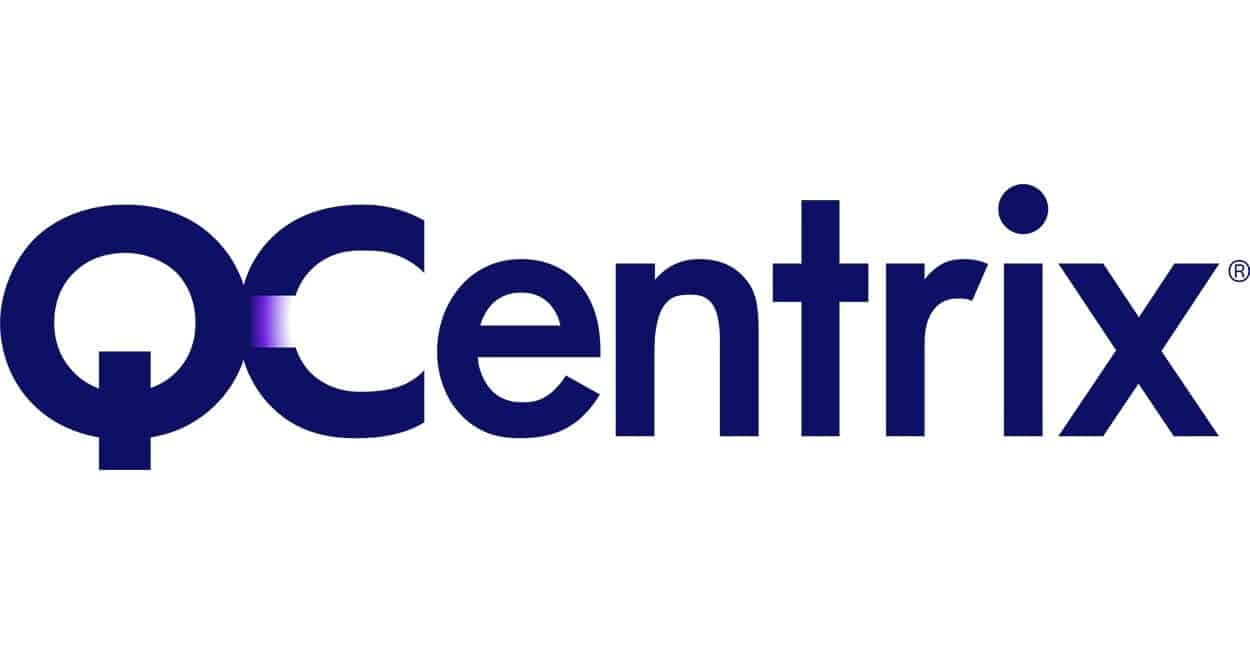The role of the Chief Technology Officer (CTO) has been crucial for driving innovation and digital transformation within healthcare organizations. However, as artificial intelligence (AI) continues to revolutionize the industry, there's a growing debate on whether CTOs should evolve into a new role: Chief AI Officer (CAIO). This shift raises intriguing questions about the intersection of technology and healthcare, as well as the evolving responsibilities of leadership positions within the field.
The CTO Evolution
From my firsthand experience collaborating with health tech clients during CTO searches, I've witnessed a notable transition towards increased AI-focused responsibilities in the past 12 months. Beyond traditional technology management, they now bear the responsibility of AI innovation and adoption, necessitating a deep understanding of AI's rapid evolution. Key considerations in this new landscape include:
- The influence of AI to transform or enhance the products, services, processes, and roadmap, and what that means for the business.
- Crucial build/buy decisions based on AI, including critical partnerships that sustain the organization’s competitive advantage.
- The evaluation of technologies to determine the most suitable options for current and future needs.
- Developing a hiring plan and budget that clarifies how AI will impact existing teams and what roles are still needed (i.e. data scientists, AI/ML engineers, researchers, etc.).
- Sourcing and safeguarding data while respecting the ethical implications of sourcing that data.
Looking ahead, bridging the “chasm” from CTO to CAIO should ideally be a seamless process. Many CTOs, whether from within or outside the healthcare sector, possess the skill sets for this transition. However, what remains unknown is the current need for a CAIO in the health tech industry.
Are CAIOs Currently Needed in Health Tech?
Unlike a traditional CTO, whose focus may span across various technological domains, a CAIO would bring a deep understanding of AI algorithms, data analytics, and machine learning techniques, ideally tailored specifically for healthcare applications. According to a 2023 study by Foundry, 11% of midsize to large organizations have already designated an individual for the CAIO role, and another 21% of organizations are actively seeking one. Enterprise organizations such as GE HealthCare and Amazon Health have appointed CAIOs, in addition to a few noteworthy health systems, including US Davis Health and UCSD Health, as well as Elevance Health, formerly Anthem Inc.
From my perspective, health tech companies should carefully consider the addition of a CAIO. While the role may not yet be suitable for every organization, those seeking to leverage AI to gain a competitive edge and improve patient outcomes may benefit from specialized leadership in this area. Ultimately, the decision to appoint a CAIO should align with the organization's strategic priorities and long-term vision for AI integration in healthcare.
Benefits & Risks
One of the primary arguments in favor of establishing a CAIO is the complexity and unique challenges associated with AI in healthcare. Healthcare data is vast and often sensitive, requiring specialized approaches to ensure compliance with regulations such as HIPAA while extracting meaningful insights. Cybersecurity also continues to pose major threats to healthcare organizations. A CAIO would possess the expertise to navigate these complexities, ensuring that AI solutions are technically robust, ethically sound, and aligned with patient privacy standards.
However, the proposition of creating a CAIO role poses a few challenges. One concern is the scarcity of AI talent and whether healthcare organizations can attract and retain individuals with the requisite expertise to fill the role of a CAIO. Another is the potential overlap or conflict with existing leadership positions, particularly the CTO.
How Should CAIOs Operate within the C-suite?
Ideally, the CTO and CAIO should work in tandem to enhance the technical strategy and output, with a clear distinction between the roles. In some cases, the CAIO may be considered a member of the C-suite but reports to the CTO, in others, the CEO. Depending on the stage of your organization and its usage of AI, a role outside of the C-suite may be a better fit, such as a VP or Head of AI. Regardless of where they sit, like the CTO, this role should have access to the entire organization, enabling them to think and plan strategically for the business.
Despite the challenges and unanswered questions, the momentum behind the concept of a CAIO continues to grow, especially among private equity firms. As the pace of AI adoption accelerates and the complexity of AI applications in healthcare deepens, the need for dedicated leadership focused on AI strategy and execution becomes more apparent.
While the CAIO title may not yet be ubiquitous in the realm of health tech, it represents a compelling proposition for organizations looking to harness the full potential of AI in healthcare. In the near future, we will likely see not only the continued evolution of the CTO but also the emergence of the CAIO, both of whom will prove to be indispensable members of the leadership team, driving innovation and advancing the mission of improving health outcomes for all.
This article was written by David Woodward, Partner at Chasm Partners. David specializes in executive technology and product placements and has facilitated 42 percent of Chasm’s executive placements in these functions since joining in 2017.
To continue the conversation with David, connect with him on LinkedIn.









